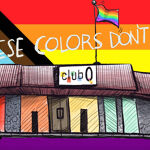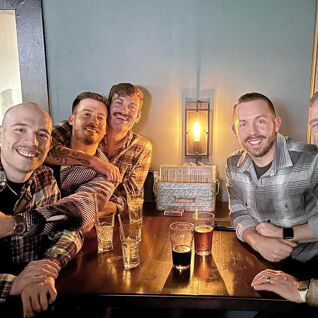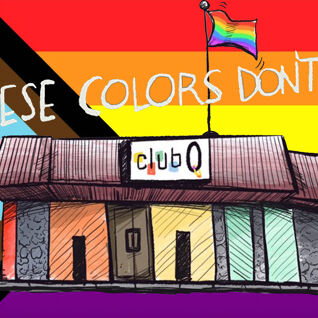
What started as an underground sub-culture of Black and Latino queers in New York in the 1980s in response to their exclusion from white-dominated drag pageants has ballooned to prominent ballroom scenes in New York, Washington D.C., Baltimore, Philadelphia, and around the globe. More than just competitive mainstream balls, kiki houses, which are less serious than mainstream houses, have created a safe space for youth culture and in many ways operate as a mentor experience for its members.
Denver’s ballroom, although smaller than other cities’ scenes, has been turning heads. We talked more about Denver and ballroom with Marco Labeija from the House of Labeija.
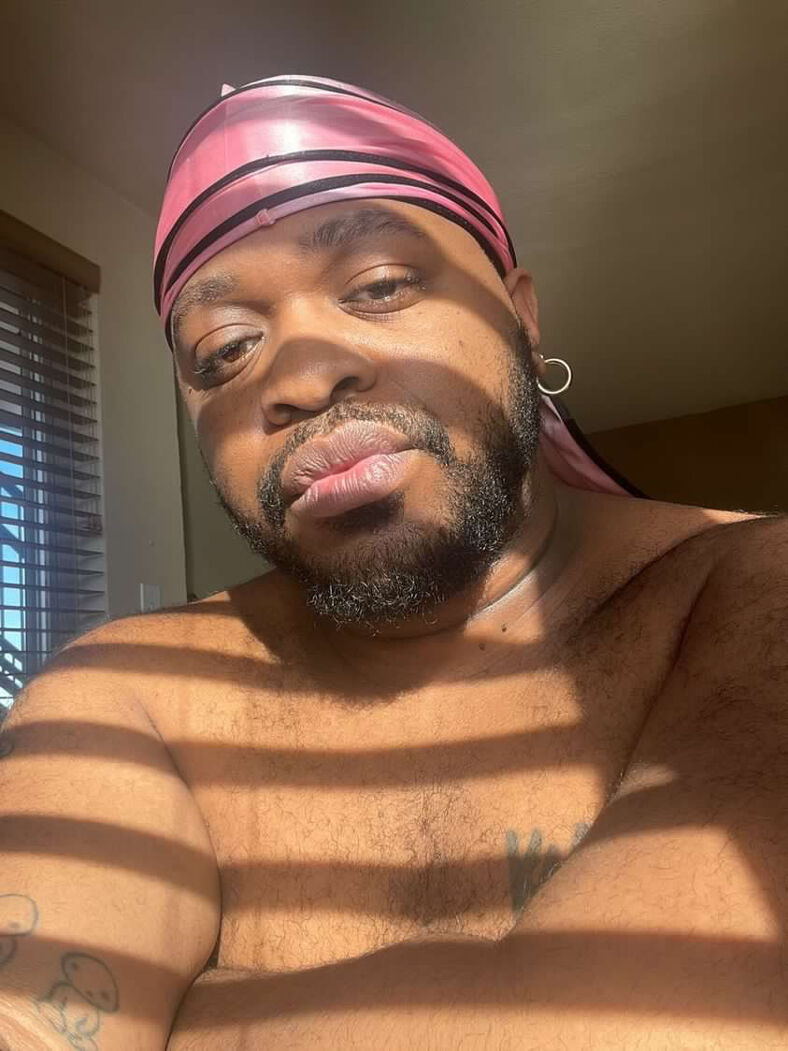
What is your involvement in Denver’s ballroom scene?
I’ve been involved in ballroom seriously for about two years now, but I have been interested in it for the last ten years. I am also the Kiki Fxther of the House of Rashaad Newsome and part of the House of Labeija Colorado chapter.
How is the Denver ballroom scene different from other cities?
I would say Denver’s ballroom scene differs from other ballroom scenes in many different aspects. For one, our scene is quite small and very new still, so there is a lot of growing and shaping that still has to take place before we’re a fully realized scene. However, we are also one of the fiercest and most creative scenes in our region right now. We’ve made memorable moments at every function so far, people are noticing us from different scenes around the globe, and the best part is that all of the leaders in our scene are all good friends with each other before everything else.
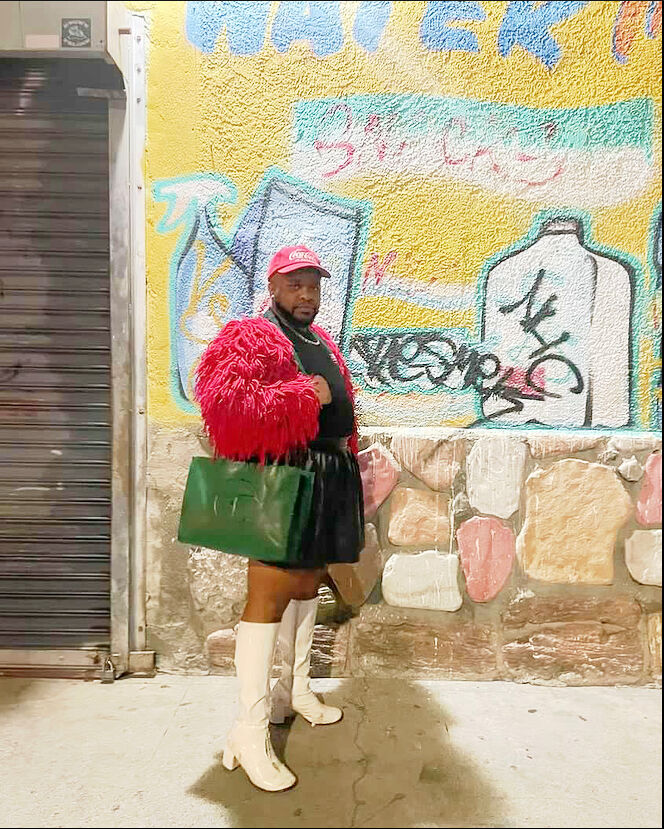
I think a lot of queer people are familiar with ballroom due to the documentary Paris Is Burning, but what has changed since its release in the 1990s?
There is so much that has evolved in ballroom since the inception of Paris is Burning; for one thing, categories are completely different, well, not totally different, but they are pretty different now, even with vogue. Vogue, in the old way, was about making shapes and contorting your body into awkward positions. Now vogue femme, which has been created by femme queens or black trans women in ballroom, is about femininity and being soft and feminine and cunty. It’s about being very beautiful and sexy on the floor while delivering a memorable performance. The lingo has stayed the same for the most part, walking is the same, and the way houses operate is the same. The categories are changing and will always be changing.
What is one of your most memorable experiences walking out of Colorado?
I would say when I went to New York last February for my first ever mainstream Ball, which was the Coldest Winter Ever Ball. I got to see some of the prominent faces in ballroom before me. I got to see Michell’e, Mariah Balenciaga, Jacen Bowman, Aja Labeija, and so many super inspirational people within ballroom who have not only shaped how I move through ballroom, but through their teaching have helped me grow as a person. I got to meet and talk to all of them, and well, they loved me and lived for me, so it was a super validating experience for me.
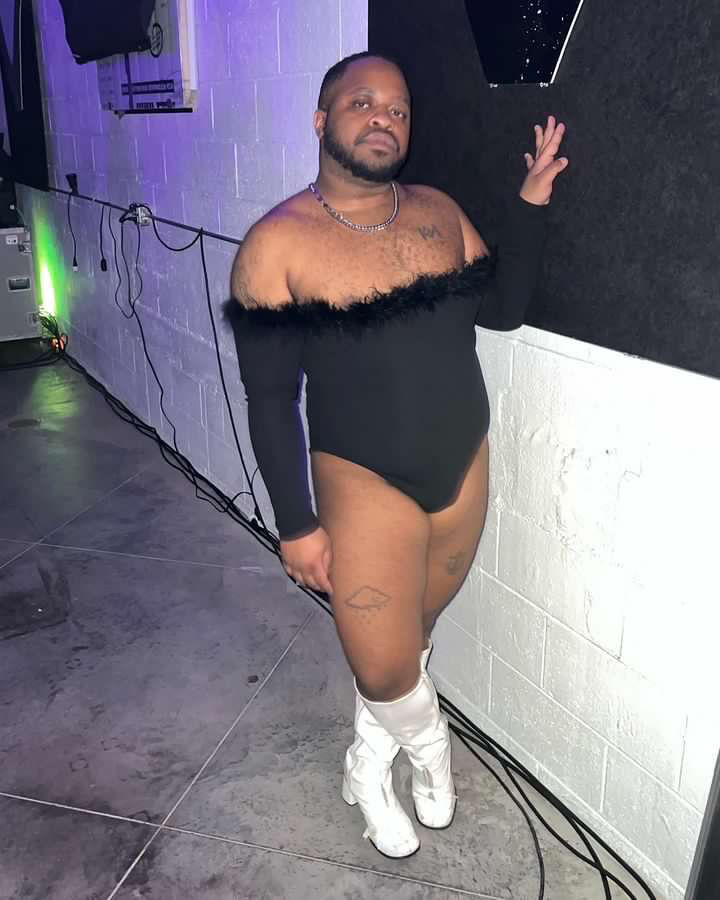
What do you hope to see in the next five years in the Denver ballroom scene?
I want to see two things happen in our ballroom scene. I want our kiki scene, as it is now and ever-growing before our eyes, to expand even further. I want there to be more houses. More well-known kiki houses like house Telfar or Juicey Couture.
My second wish is for our mainstream scene in Colorado to expand as well. We only have three mainstream houses, the House of Labieija, the House of Ninja, and the House Alain Mikli. I would like to see more, more house parents, more representation. I want our scene to be bigger than it is currently.
Don't forget to share:


